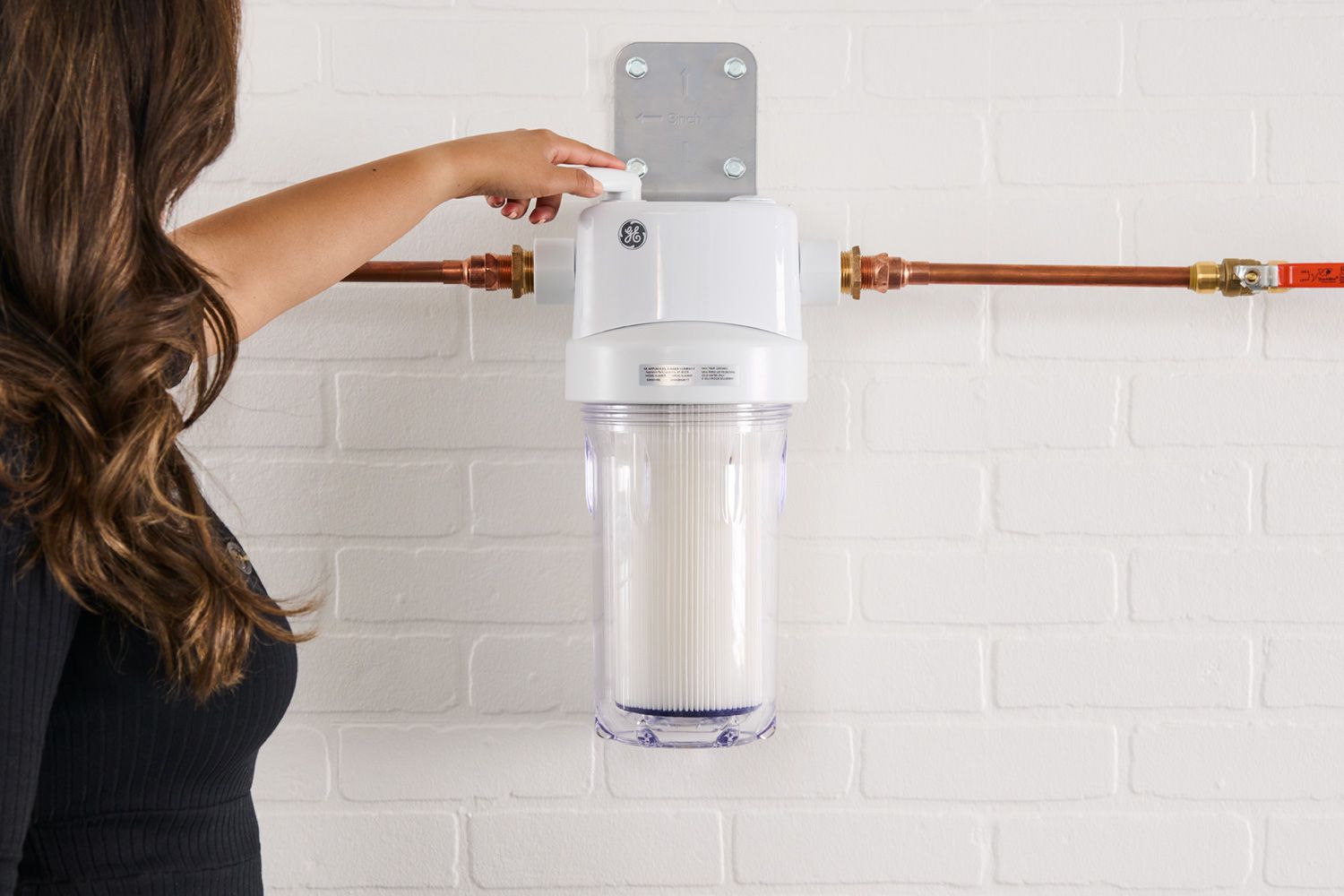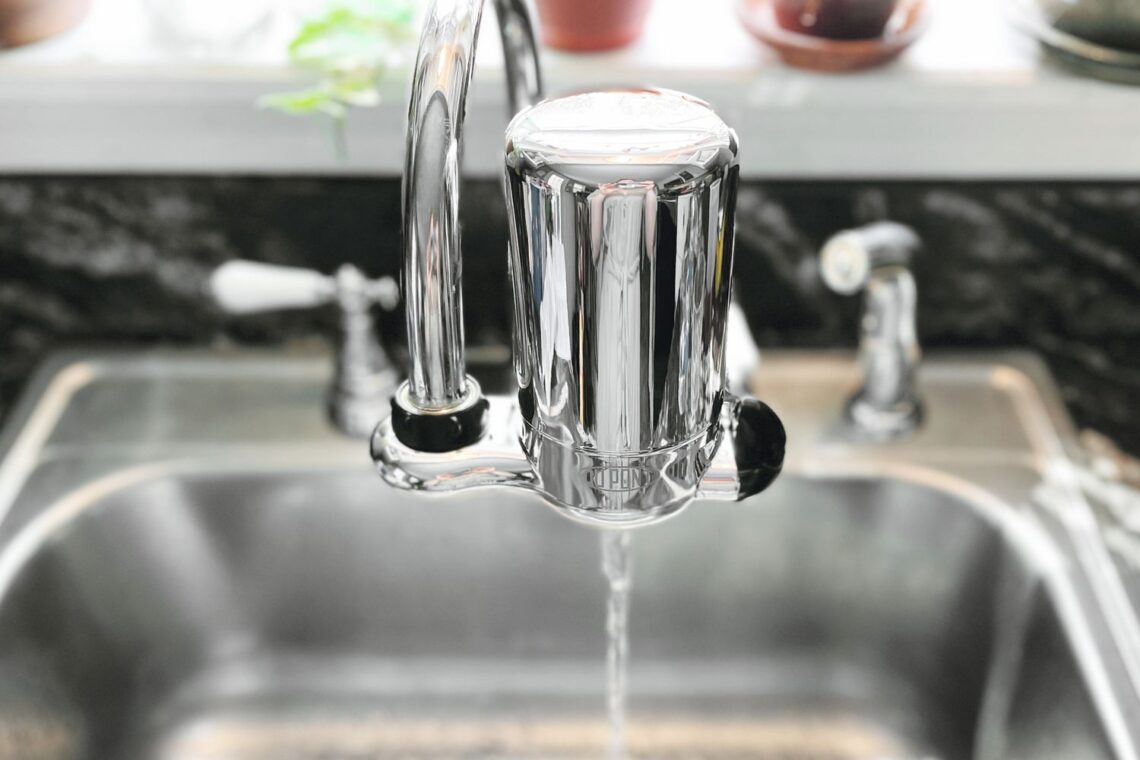In San Antonio, ensuring access to clean and safe drinking water is of paramount importance. Advanced Water Purification technologies employing advanced oxidation processes play a crucial role in enhancing the removal of contaminants from water sources. This overview explores the significance of advanced oxidation processes in the context of water purification in San Antonio.
- Advanced Water Purification:
Context:
San Antonio faces water purification challenges due to diverse water sources and potential contaminants.
Significance:
Advanced Water Purification – San Antonio technologies go beyond conventional methods, employing advanced processes to achieve higher water quality standards.
- Advanced Oxidation Processes (AOPs):
Explanation:
AOPs involve the generation of highly reactive hydroxyl radicals to break down and neutralize contaminants.
Significance:
AOPs target a wide range of pollutants, including organic compounds, pharmaceuticals, and pathogens, providing a comprehensive solution for water purification.
- Increased Contaminant Removal Efficiency:
Advantage:
AOPs excel in removing persistent and hard-to-treat contaminants that may resist conventional treatment methods.
Why It Matters:
Enhanced removal efficiency ensures that water purification meets or exceeds regulatory standards, safeguarding public health.
- Targeting Emerging Contaminants:
Challenge:
San Antonio may face challenges related to emerging contaminants in water sources.
Solution:
AOPs are effective in addressing emerging contaminants, providing a proactive approach to water treatment.
- Minimizing Disinfection Byproducts:
Concern:
Conventional disinfection methods can lead to the formation of disinfection byproducts.

Role of AOPs:
AOPs minimize the formation of harmful byproducts, contributing to the overall safety of the treated water.
- Adaptability to Source Water Variability:
Context:
San Antonio may source water from diverse supplies with varying quality.
Advantage:
AOPs are adaptable and can effectively treat water with varying characteristics, providing a reliable solution for diverse sources.
- Integration with Conventional Treatment:
Strategy:
AOPs can be integrated into existing water treatment plants or combined with conventional treatment processes.
Benefits:
Integration enhances the overall treatment efficacy, ensuring a multi-barrier approach to water purification.
- Sustainable Water Treatment:
Conclusion:
The utilization of Oxidation Processes (AOPs) within the framework of Advanced Water Purification – San Antonio is a strategic and effective approach to address the diverse challenges associated with water treatment. By enhancing contaminant removal efficiency, targeting emerging pollutants, and ensuring adaptability to varying water sources, AOPs contribute to the delivery of clean, safe, and sustainable drinking water for the community. The integration of AOPs with conventional treatment methods underscores a commitment to innovation and regulatory compliance in safeguarding public health and the environment.






